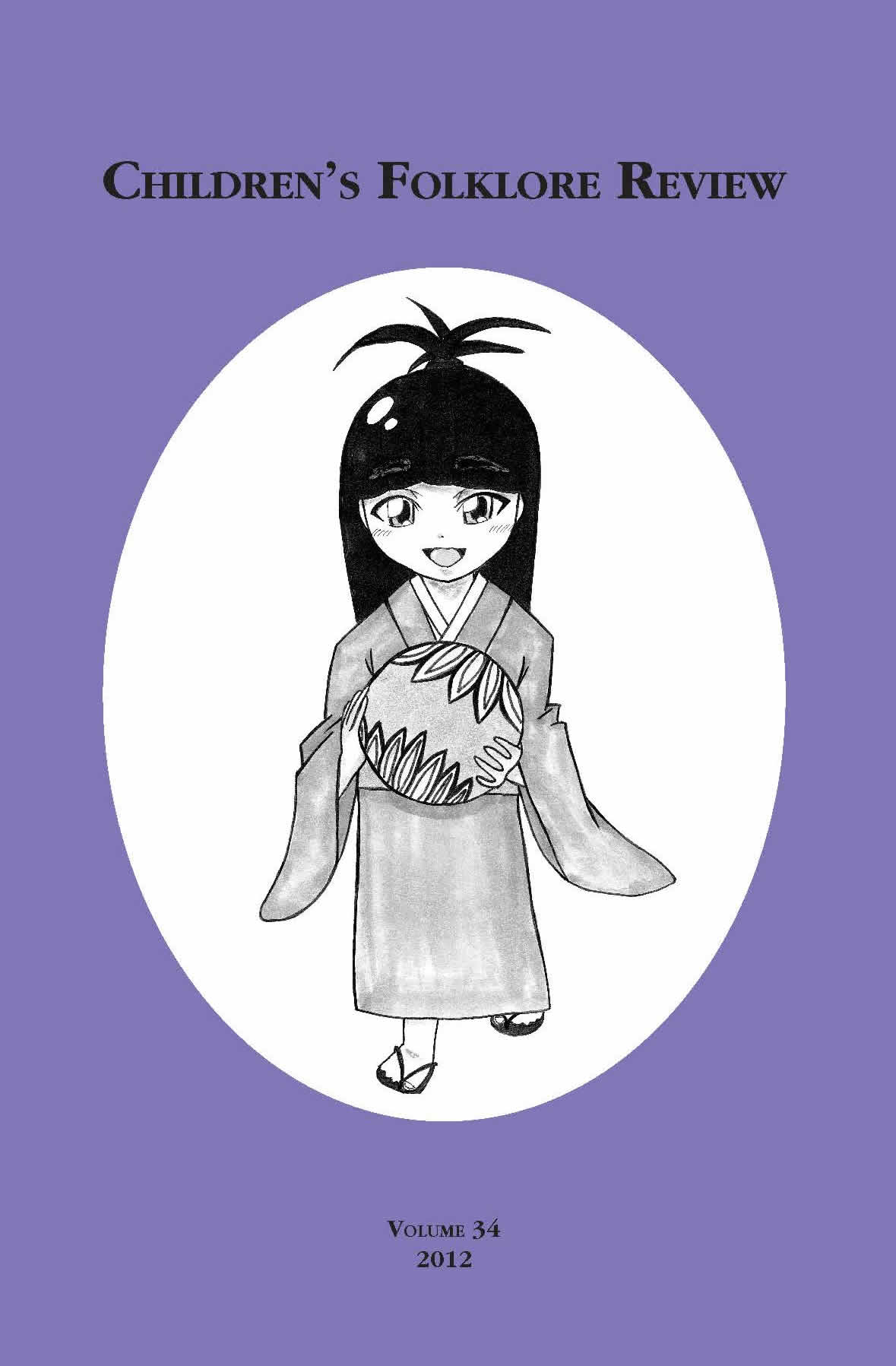Zashikiwarashi, The Ghost that is Saving Japan
Main Article Content
Abstract
Zashikiwarashi is a ghost which is well known in Japan but not well known in the western world. Richard Dorson did briefly mention this ghost in his Folk Legends of Japan (1962), a book that he began with high praise of Kunio Yanagita, the “father of Japanese folklore,” who first wrote about Zashikiwarashi in 1910 in his Tono Monogatari (which translates Legends of Tono). Michiko Iwasaka and Barre Toelken also mentioned the ghost briefly in their book Ghosts and the Japanese (1994), and they pointed out that the spirit of Zashikiwarashi has been associated with the spirit of unborn children, either through abortion or through mabiki, which was an old practice of killing some children right after they were born so there would not be too many mouths to feed. Even though Zashikiwarashi is not well known outside of Japan, for the past few years Japanese culture has been inundated with Zashikiwarashi stories in numerous manga, anime, TV dramas, novels, movies, stage plays, musicals, computer games, short stories, newspaper articles, magazines, Internet websites, folklore books and children’s books. In my opinion, these stories relate to a number of social problems that Japan is now experiencing: a low birth rate because young people do not marry until they are almost 30, a high suicide rate, bullying, a phenomenon known as “hikkikomori” (young men and women who withdraw from society to stay in their rooms because of their inability to interact with society), and the economic necessity of families often having to live apart because of their jobs. This is not to even mention the depression and despair of the 2011 tsunami which killed more than 15,000 people and displaced more than 340,000 people in Japan.
Downloads
Article Details

This work is licensed under a Creative Commons Attribution-NoDerivatives 4.0 International License.
Materials published in the Children's Folklore Review (CFR) remain the property of their authors. CFR encourages authors to honor the journal with exclusive rights to their work for the period of one year following its initial publication; however, authors may offer their work for reprint as they see fit. Submissions may be withdrawn at any point during the review process. Once the material has been published in CFR, however, it becomes part of the CFR record and cannot be removed.Likewise, CFR may emend the appearance of materials to maintain a consistency of design, but will make only make changes to the text when requested by the author. At the author’s request, and with the agreement of the editor, additions and amendments may be added as separate files to the table of contents.
Authors who publish with this journal agree to the following terms:
- Authors retain copyright and grant the journal right of first publication with the work simultaneously licensed under a Creative Commons Attribution Non-Derivative License that allows others to share the work with an acknowledgment of the work's authorship and initial publication in this journal.
- Authors are able to enter into separate, additional contractual arrangements for the non-exclusive distribution of the journal's published version of the work (e.g., post it to an institutional repository or publish it in a book), with an acknowledgment of its initial publication in this journal.
- Authors are permitted and encouraged to post their work online (e.g., in institutional repositories or on their website) prior to and during the submission process, as it can lead to productive exchanges, as well as earlier and greater citation of published work.
- While CFR adopts the above strategies in line with best practices common to the open access journal community, it urges authors to promote use of this journal (in lieu of subsequent duplicate publication of unaltered papers) and to acknowledge the unpaid investments made during the publication process by peer-reviewers, editors, copy editors, programmers, layout editors and others involved in supporting the work of the journal.
